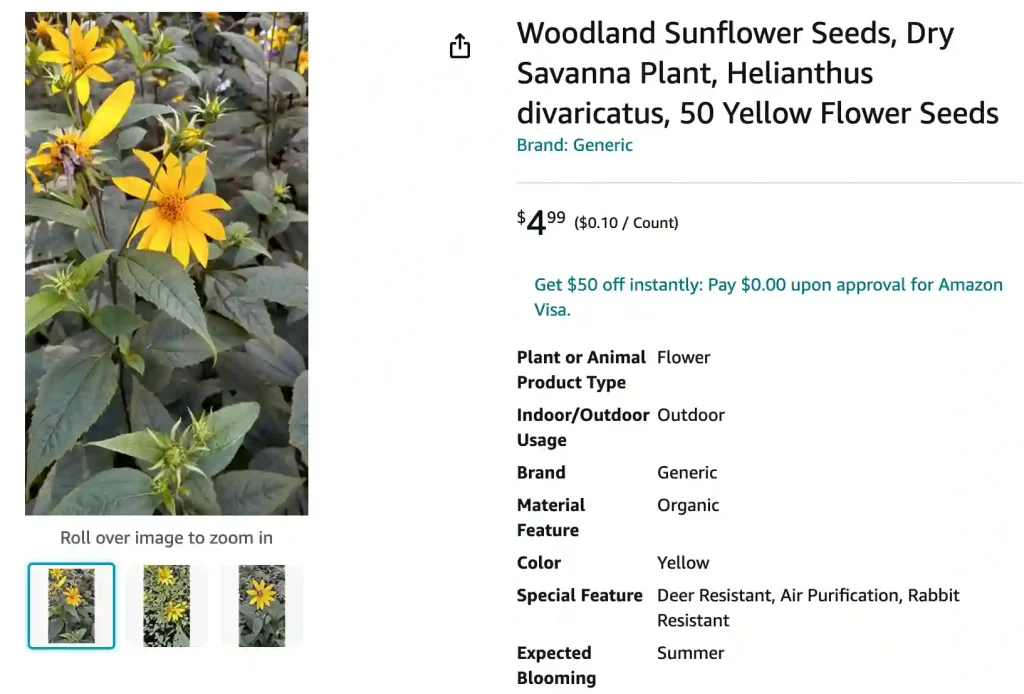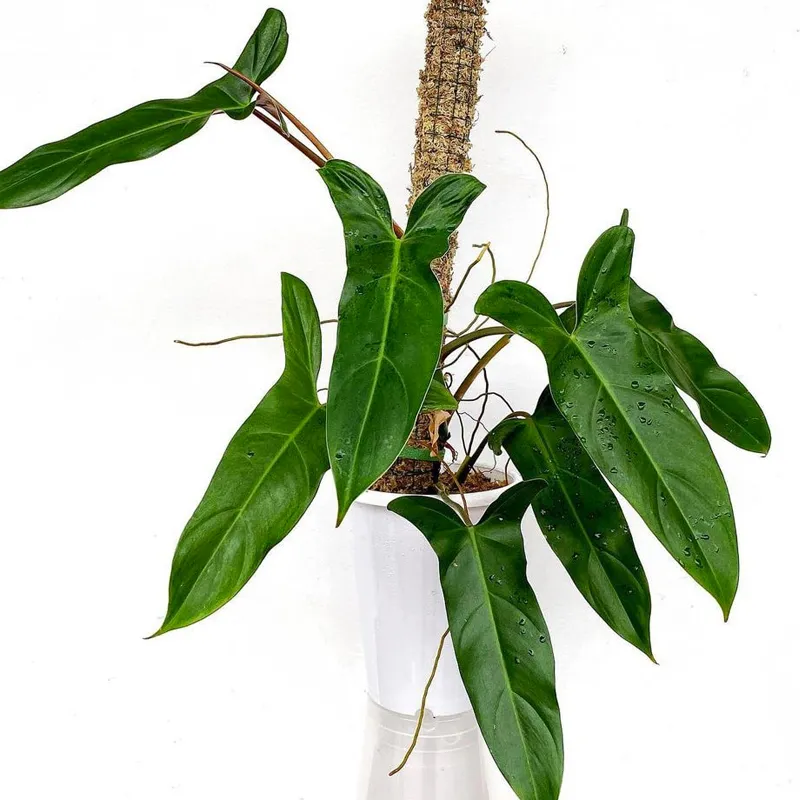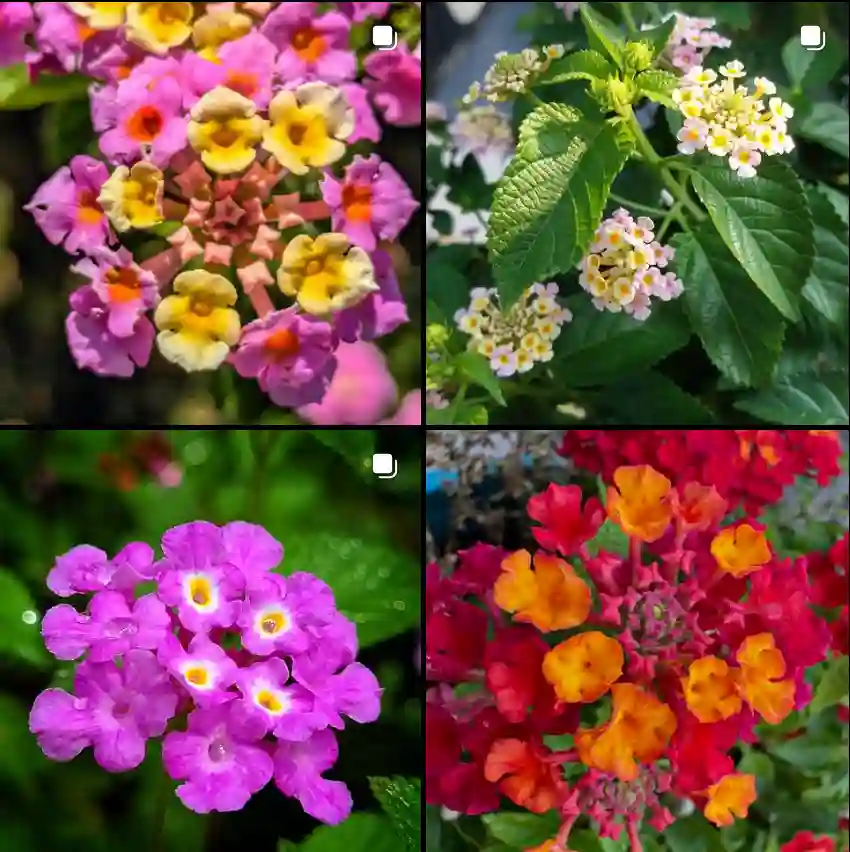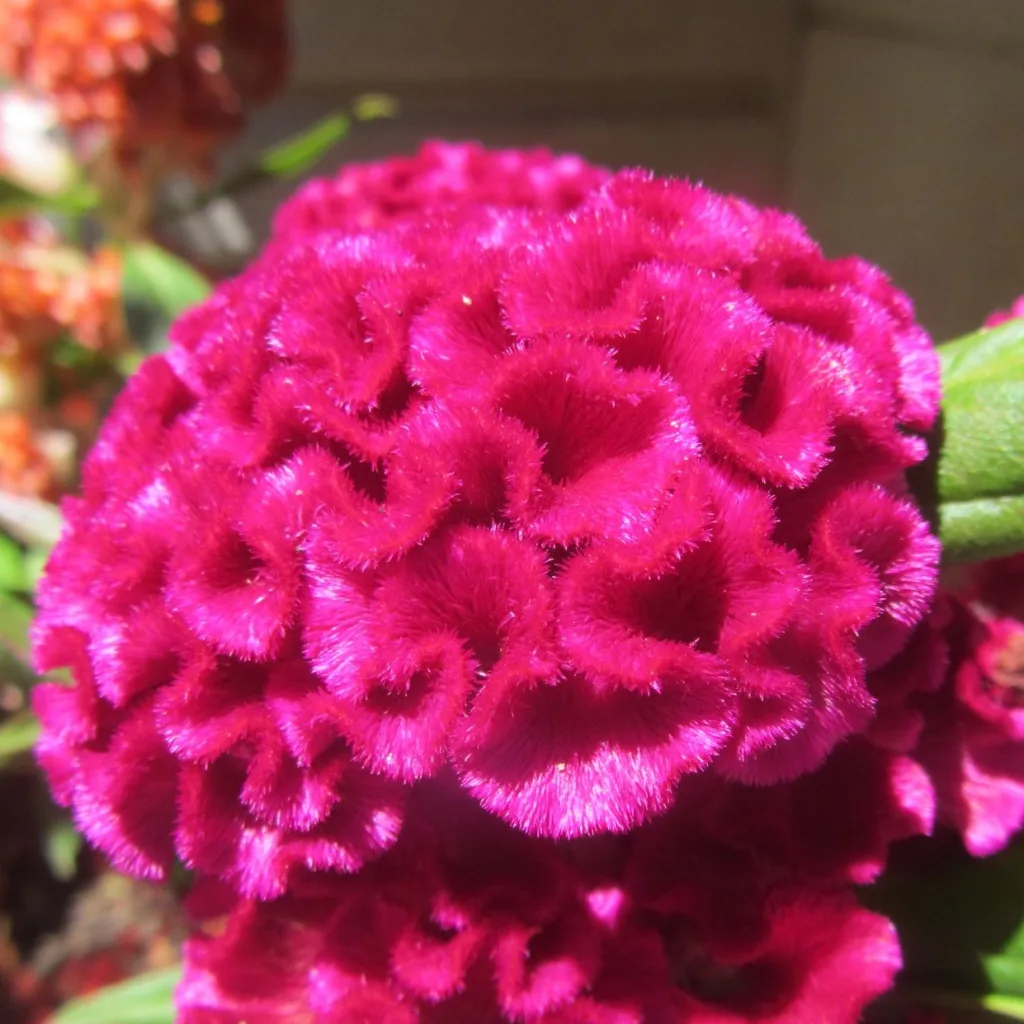
FAQs About Helianthus Divaricatus: Everything You Need to Know
As a passionate gardener, I’ve spent plenty of time exploring different plant species and their quirks. One plant that often piques curiosity is the Helianthus Divaricatus, commonly known as the Divaricate Sunflower or Woodland Sunflower. I’ve compiled answers to some of the most frequently asked questions about this delightful plant. Here’s what you need to know.
66 Species in Genus Helianthus
What is Helianthus Divaricatus?
Helianthus Divaricatus, or the Woodland Sunflower, is a perennial sunflower native to North America. Unlike its taller, more showy relatives, this species thrives in shady or woodland environments. It features bright yellow flowers that resemble traditional sunflowers but is typically shorter, growing between 2 to 4 feet in height. The plant is known for its hardy nature and ability to flourish in less-than-ideal soil conditions.
How to Care for Helianthus Divaricatus?
Caring for Helianthus Divaricatus is relatively straightforward. Here are some essential tips:
- Light Requirements: Unlike many sunflowers that bask in full sunlight, the Woodland Sunflower prefers partial to full shade. It can tolerate dappled sunlight but does best in areas with indirect light.
- Soil Conditions: This plant isn’t picky about soil. It can grow in a range of soil types, including sandy or clay soils. However, it thrives in well-drained, slightly acidic to neutral soil.
- Watering: Regular watering is key, especially during dry spells. Aim to keep the soil consistently moist but not waterlogged. The plant is relatively drought-tolerant once established.
- Fertilizing: Woodland Sunflowers don’t require heavy feeding. A balanced, all-purpose fertilizer applied once in early spring should be sufficient.
- Pruning: Deadheading spent flowers can encourage more blooms and keep the plant looking tidy. In late fall or early spring, trim back the dead stems to promote new growth.
How to Propagate Helianthus Divaricatus?
Propagating Helianthus Divaricatus can be done through both seeds and division:
- Seeds: Start seeds indoors 6 to 8 weeks before the last frost. Sow seeds in seed-starting mix, keep them moist, and provide light. Transplant seedlings outdoors after the danger of frost has passed.
- Division: For established plants, you can divide them every 2 to 3 years in early spring or fall. Carefully dig up the plant, separate the clumps, and replant them in new locations.
What to Plant With Helianthus Divaricatus?
Pairing Woodland Sunflowers with compatible plants can enhance your garden’s beauty. Consider these companions:
- Ferns: Their delicate foliage contrasts beautifully with the sunflower’s vibrant yellow flowers.
- Hostas: These shade-loving plants provide a lush, green backdrop.
- Astilbes: Their feathery blooms add texture and color variety.
- Brunneras: Their heart-shaped leaves and blue flowers complement the Woodland Sunflower’s aesthetic.
Is Helianthus Divaricatus Toxic?
One of the great aspects of Helianthus Divaricatus is that it is non-toxic to pets and humans. You can enjoy its beauty without worrying about toxicity issues.
Benefits of Helianthus Divaricatus
Helianthus Divaricatus offers several benefits:
- Shade Tolerance: Its ability to thrive in shady areas makes it a valuable addition to woodland gardens.
- Pollinator Friendly: The bright yellow flowers attract bees, butterflies, and other pollinators.
- Low Maintenance: Its hardy nature and minimal care requirements make it suitable for low-maintenance gardens.
- Seasonal Interest: It provides seasonal interest with its bright blooms in late summer and early fall.
Common Problems and Solutions
Despite its robust nature, Helianthus Divaricatus can face a few issues:
- Powdery Mildew: This fungal disease can affect the plant. To manage it, ensure good air circulation and avoid overhead watering. If necessary, use a fungicide labeled for powdery mildew.
- Slugs and Snails: These pests can damage the foliage. Hand-picking or using slug bait can help control them.
How Does Helianthus Divaricatus Compare to Similar Plants?
Helianthus Divaricatus is often confused with other woodland or shade-tolerant plants. Here’s how it stacks up:
- Helianthus Annuus (Common Sunflower): Unlike the Woodland Sunflower, the Common Sunflower prefers full sun and can grow much taller, reaching up to 10 feet. It also has larger, showier flowers.
- Heliopsis Helianthoides (False Sunflower): This plant resembles the Woodland Sunflower but usually prefers more sun and can grow taller. Its flowers are also slightly different in shape and color.
Conclusion
Helianthus Divaricatus is a fantastic choice for adding a splash of color to shaded areas of your garden. Its ease of care, non-toxic nature, and compatibility with other shade-loving plants make it a versatile and valuable addition. Whether you’re looking to brighten up a woodland garden or simply enjoy a hardy perennial, the Woodland Sunflower offers beauty and functionality in one neat package.
If i die, water my plants!



